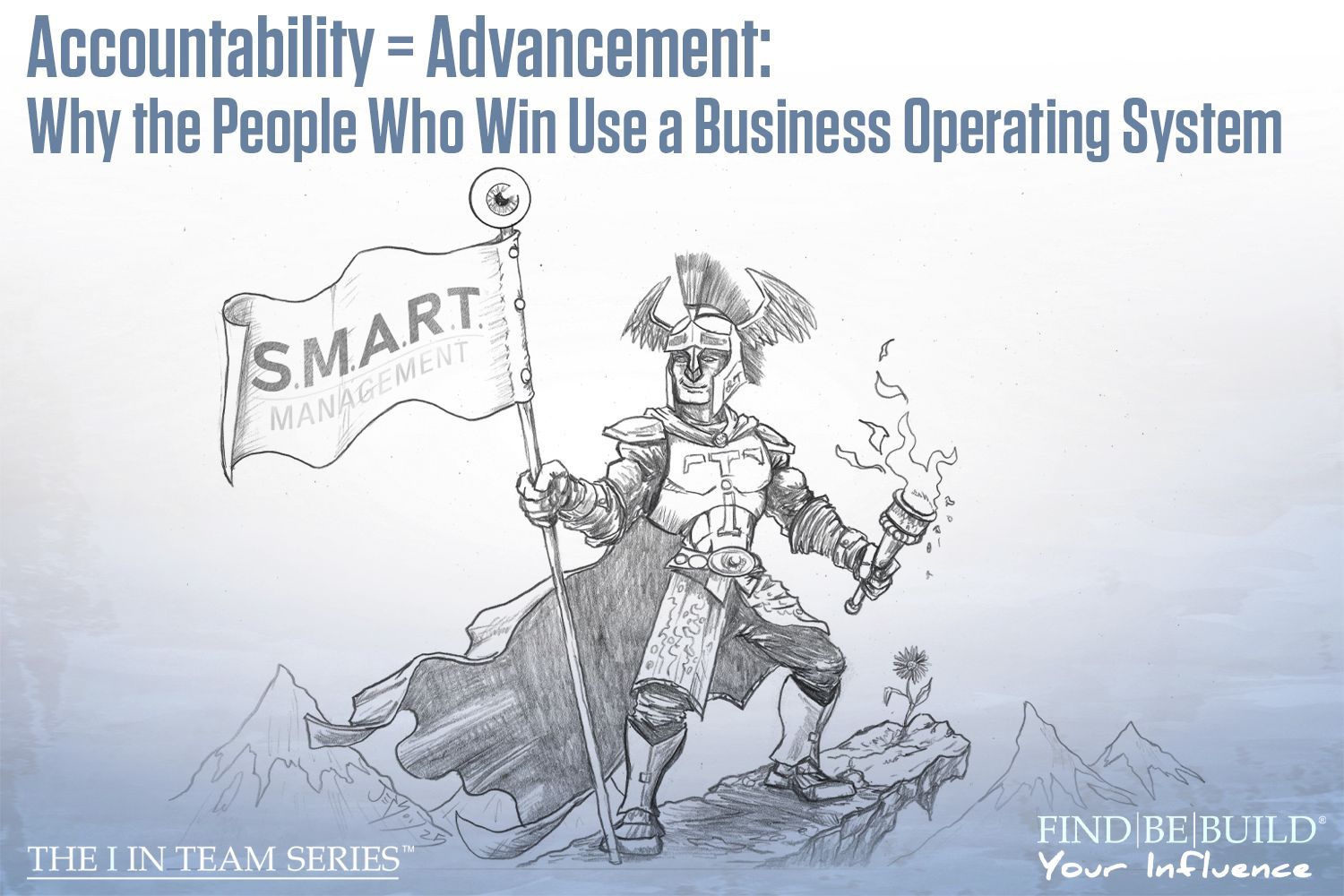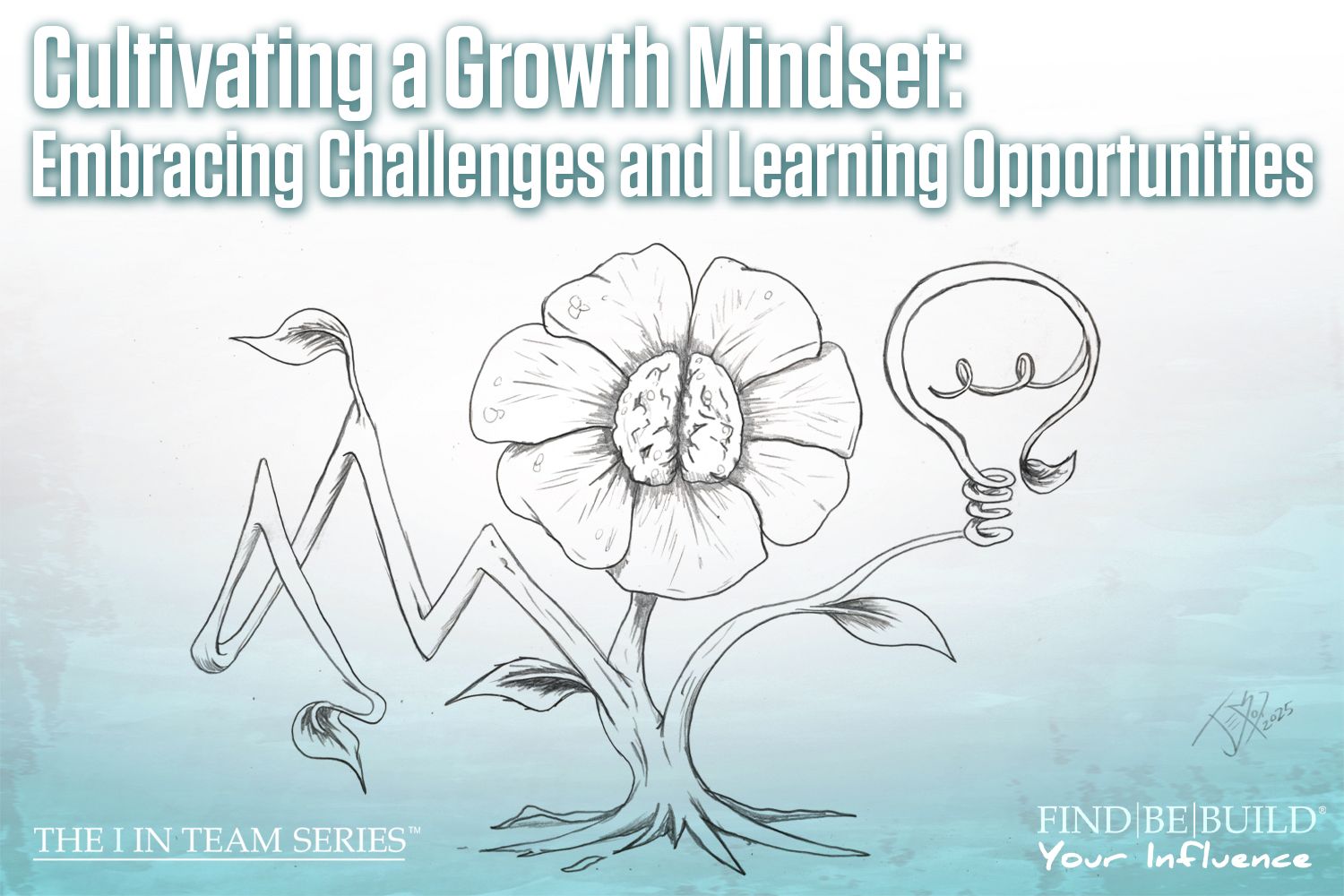Self-Care for Professionals: Prioritizing Well-being in a Busy World

Self-care for business professionals
Hello, team! Mary here, continuing our journey through the I in Team series, where we empower you to find, be, and build your influence. In a busy world, it can be hard for professionals to find the time to practice self-care. However, neglecting yourself is not the way to be your best influence. You can only be your best if you are feeling the best, which means taking good care of yourself. If you struggle with prioritizing your well-being, you’re in the right place.
Take Care of Your Body
Treating your body well is the number one way for professionals to prioritize themselves; if you’re not feeling your best, you can’t do your best. Sluggishness can be fended off through exercise, eating well, staying hydrated, and getting good sleep.
You should aim for at least 30 mins of physical activity every day; whether that is yoga, walking, going to the gym, or something else is completely up to you. Plus, don’t forget to get up from your desk and walk around! Sitting for too long is not very good for you, so take breaks to stretch and consider getting a standing desk.
We’ve been told since birth that we need a balanced diet with lots of fruits and vegetables (I think everyone remembers seeing the food pyramid in our schools’ cafeterias). Growing up is no exception; when life becomes busy, we might reach for pre-made foods or snacks that are high in sodium, fat, and sugar (devoid of nutrients). To thrive, you need to feed your body and mind with good, whole foods! And don’t forget to drink your water, too.
Sleep is an obvious need, but how much is highly debated. Personally, I need at least 8 hours to function, but I know people who function very well on 7 or even 6. I think most doctors would agree that any less than 6 hours is probably not the best choice, so do your best to get adequate sleep so you can enter REM sleep and clear your mind for your next day of tackling tasks.
Practice Stress Management
Life can be stressful; we juggle work, kids, school, pets, spending time with friends and loved ones, and the list goes on. There is a lot demanded of us in today’s society, so we need to ensure we are practicing stress management in order to properly take care of our well-being. Spending time doing something you love (a hobby or being with friends), taking a moment to celebrate your victories before rushing off to complete the next goal, and establishing a proper relaxation routine are all great ways to manage stress.
Everyone should have a hobby or something they enjoy doing in their free time. There are so many different hobbies out there for us to pick up that it would be impossible to name them all, but some at the highest level might be cooking, baking, painting, gaming, building models, crochet, and I could keep going.
Stop to celebrate your victories! You worked hard to achieve something, it would be inconsiderate toward yourself to not take a pause to recognize all the work you put in to achieve something. It’s very easy to say, “Okay, great. Next.” But slowing down to appreciate yourself is a great way to practice stress management.
In fact, slowing down is, in itself, a great stress management tool. You can develop a relaxation routine for when you are feeling high-strung. That is going to look different for everyone; for me, I like to take a bubble bath, light some incense, and put on some lofi. Incorporating smells, low lights, and comfy activities into your relaxation routine can help slow down your nervous system and make de-stressing much easier.
Establish Clear Boundaries
Setting boundaries isn’t always easy, especially if you’re a people pleaser. However, if you don’t put your needs and schedule ahead of what others need, you’ll never get anything done, you’ll be overworked (and overstressed), and you just won’t feel good. That’s why learning to say no, establishing set work hours versus personal hours, and taking a daily digital detox is a great way to prioritize your well-being.
There are many kind ways to tell someone no. It’s easy to say yes when we want to help or when we have the time, but sometimes we just don’t have the time or the energy to help someone at that point in time. Saying no gives you your time and energy back, allowing you to focus on your priorities.
For some, this tip might not work very well, but, if you can, it would be good for your well-being to set work and personal hours. If you need to compromise, it’s okay to say “5 – 7 am is my personal time, and the rest of the day I will be available for my team.” Some people can say “I only work 9 am – 5 pm” and it works for them, but that’s not everyone’s luxury. So, be sure to carve out “you time” where you cannot be bothered.
Taking a step away from social media, your phone, emails, and anything digital (TV and games included) is so good for your brain. We are constantly bombarding our brains with noise and activities; it’s no wonder people are so tired. Take a step away from the digital at least once a day. For me, this is when I wake up. I say no to my phone and go stretch instead.
Bottom Line
Prioritizing your well-being in a busy world can seem elusive, but it doesn’t have to be. With good intentions, you can carve out the time you need to take care of yourself. Eat whole foods, drink water, get rest, get exercise, find a hobby, celebrate your wins, slow down, kindly say no, set aside time for yourself, and have a daily digital detox. Incorporate these tips into your day one at a time, and slowly but surely you will have a more balanced life with plenty of self-care.












